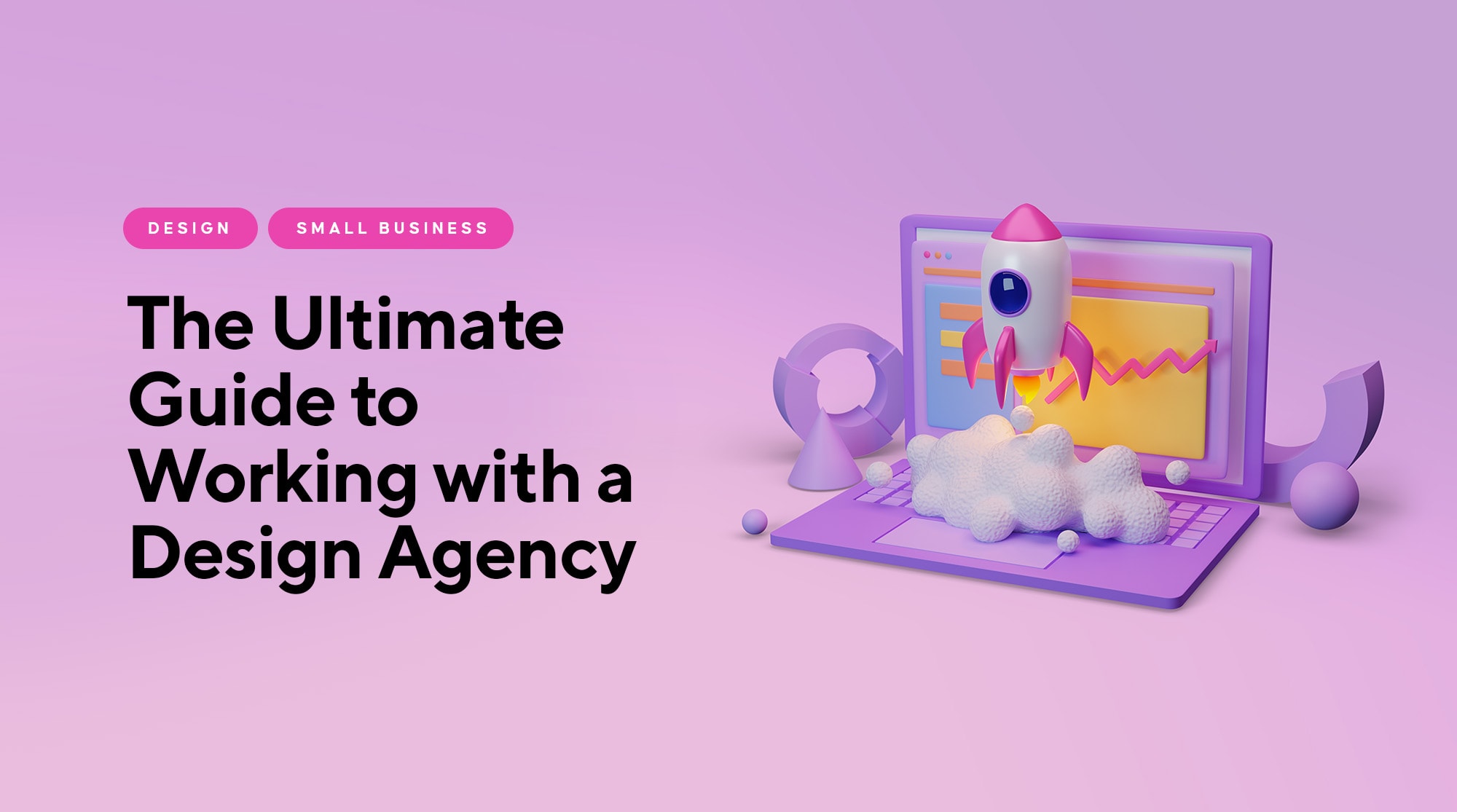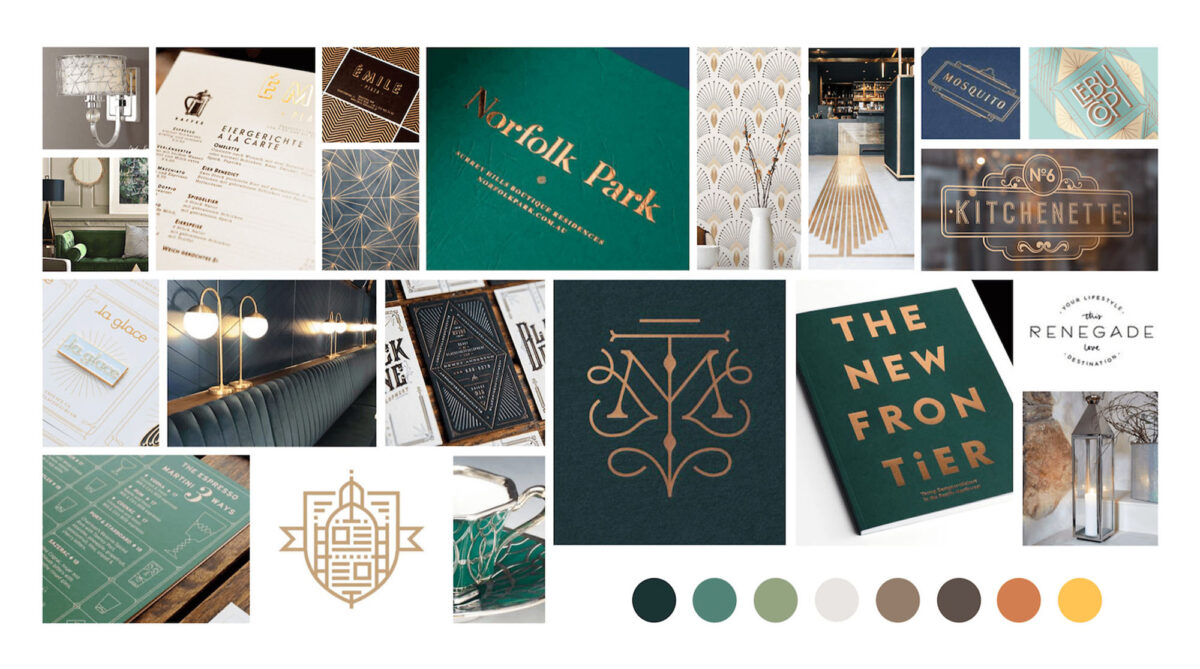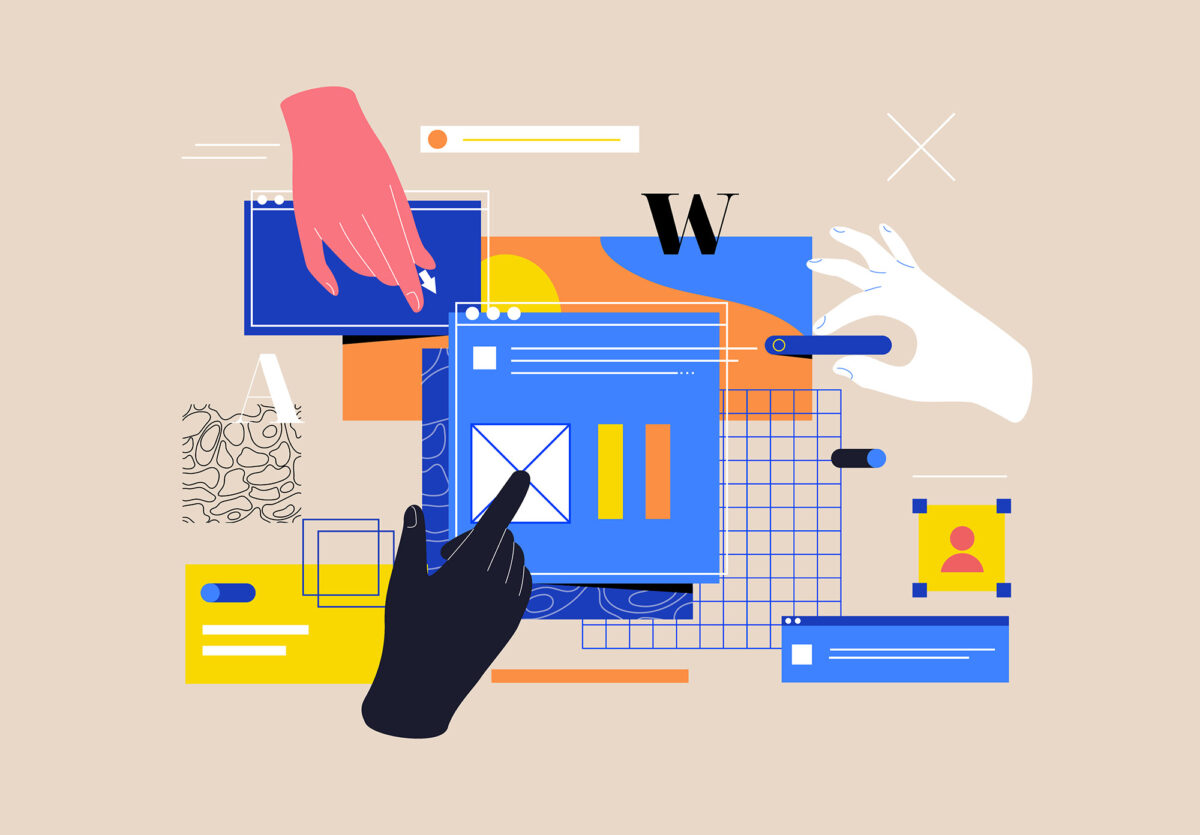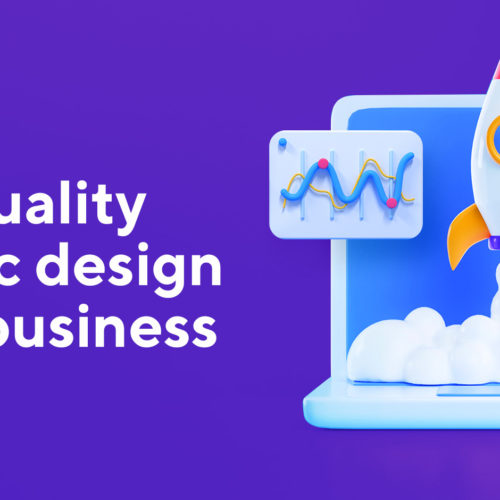Whether you’re a small business owner or a marketing professional, working with a design agency can be a game-changer for your business. By enlisting the expertise of an agency like R1 Creative, you can enhance your visual identity, bring a fresh perspective, and even increase your revenue.
But first, let’s make sure you’re fully equipped to make the most of your partnership. In this guide, we’ll dive into all the tips and tricks for working seamlessly with a design agency and making the process a breeze.
1. Clearly Define Your Goals and Objectives
First things first, let’s get clear on what you want to achieve. The foundation of a successful collaboration with a design agency lies in clearly defining your goals and objectives, so take some time to brainstorm and understand yours before contacting an agency. Whether it’s a new logo, website or marketing materials, knowing what you want helps us get to the right design faster. By providing a comprehensive brief that outlines your objectives, target audience and project timelines, you set the stage for an efficient, successful collaboration.
2. Write a Strong Design Brief
The design brief is one of the main keys to the success of your project, providing us with vital information about your business and project requirements. That includes details about both the creative side (visual style, color palette, subject matter, inspiration) as well as the business side (target audience, goals, deadlines etc). Naturally you’ll want to leave most of the creative decisions up to the agency (that’s why you’re hiring us!), but there are some business and branding choices we just can’t make for you.
Ready to write your brief? Use our Project Form as a guideline.
3. Show, Don’t Tell
Rather than using words, show us visual examples of what you’re looking for. Collecting a few examples of designs you like can significantly speed up the design process by narrowing down the look and feel. Share images, mood boards, sketches, motion graphics or anything that lets you communicate the tone, aesthetic, or overall vibe you’re going for.
4. Communication is Key
Clear communication is crucial to any successful collaboration. We’ll set up regular check-ins and establish clear communication channels, so you’ll always know what’s going on with your project. Clearly articulate your expectations and always seek clarification when needed.
5. Provide Constructive Feedback
Feedback is another super important part of the design process. When providing feedback, focus on being honest, constructive and specific. Instead of saying, “I don’t like it,” explain why it’s not hitting the right spot and offer suggestions for improvement if you can. Effective feedback should help us better understand your preferences and refine your designs accordingly. Remember to strike a balance between being assertive about your requirements and respecting the agency’s creative expertise.
6. Trust the Professionals
While it’s essential to provide clear instructions and feedback, it’s equally important to trust the design agency’s expertise. You hired us for our creative skills and industry knowledge, so allow us the freedom to explore innovative solutions. Designers bring fresh perspectives and insights to the table, and their expertise can significantly elevate your brand’s visual identity if you let them. Give us the freedom to surprise you with our out-of-the-box ideas. Trust us, it’s worth it!
7. Set Realistic Timelines and Budgets
Design projects require time and resources, so establishing realistic timelines and budgets is another key factor. Discuss project deadlines, milestones, and budget constraints with the design agency at the beginning of the collaboration. Understand that rushing the process will almost definitely compromise the quality of the final deliverables. Also remember to allow time for revisions and iterations.
8. Provide Prompt Responses
Timely approvals and feedback are vital to keeping projects on track. Respond promptly to design concepts, mockups, and requests for feedback to avoid impacting the project timeline. Make time to review designs, provide feedback, and keep the collaboration flowing. Your prompt and constructive input will enable us to make necessary adjustments and progress efficiently.
9. Celebrate Success
Once the project is complete, take a moment to evaluate the collaboration and celebrate the success. Assess how the agency performed, how well we aligned with your goals, and the impact the work has had on your brand. Reflect on the overall experience and identify areas for improvement. If the collaboration was a hit, consider working together again in the future. Celebrate the achievements together, and recognise the collective effort and positive impact on your brand.
Working with a design agency can be an exciting and transformative experience for your business. By following these essential tips, you can maximize the benefits of working with a design agency and take your business to the next level.
If you’re on the hunt for a creative agency, hit us up today! We’d be happy to discuss how we can help you reach your business goals.









